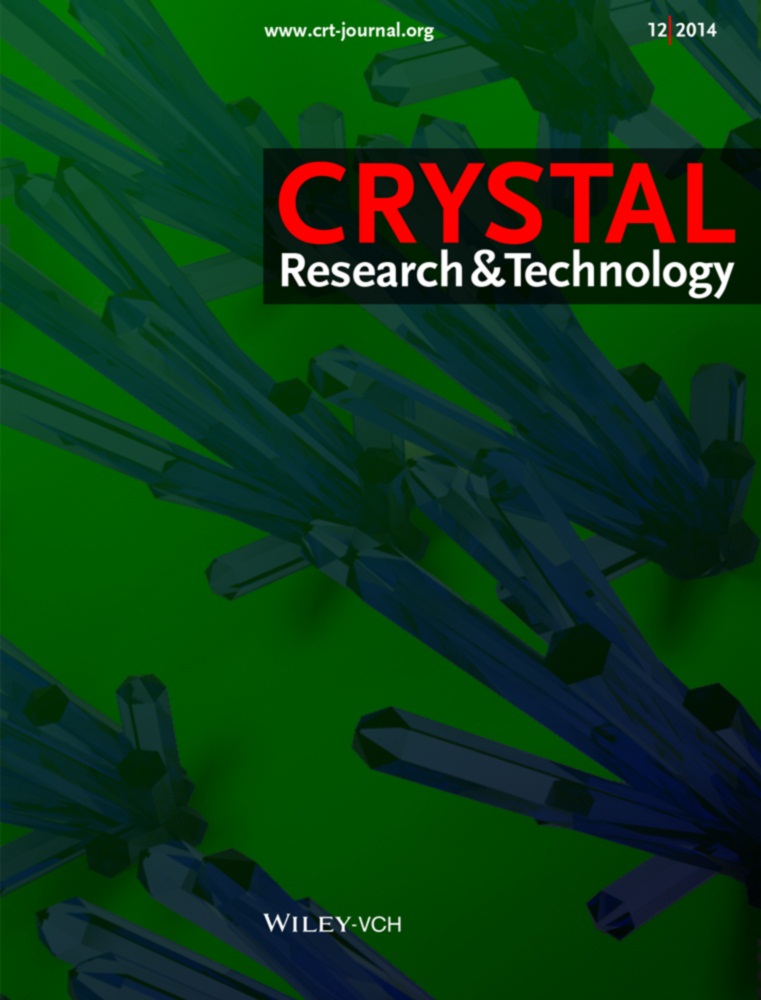Graphene oxide used as a surfactant to induce the flower-like ZnO microstructures: growth mechanism and enhanced photocatalytic properties
Abstract
In this paper, graphene oxide (GO) was used as a temple to induce the formation of flower-like ZnO microparticals compared with surfactants, such as cetyltrimethylammonium bromide (CTAB) and dodecyl dimethyl betaine (BS-12). The zinc hydroxide carbonate ((Zn4(CO3)(OH)6,ZHC)) was produced by a hydrothermal reaction. The flower-like ZnO microparticals were gained by calcining ZHC. In the GO medium, the microparticals were assembled by numerous porous nanosheets from one point (initial nucleus) to flower-like microparticals finally. The nanosheets of graphene oxide and functional groups were likely to contribute to the formation of the precursor, and some nanosheets were retained in the complex. The growth mechanism of ZHC was also proposed in this paper. The photocatalytic activity of the flower-like ZnO microparticals was evaluated by photo degradation reaction of rhodamine B (RhB). The peony-like porous ZnO/rGO compounds showed high photocatalytic activity and better than ZnO microparticals formed in the CTAB and BS-12. These results indicated that GO could be widely used as a surfactant to induce composite materials with special morphology and photoelectric properties, etc.




